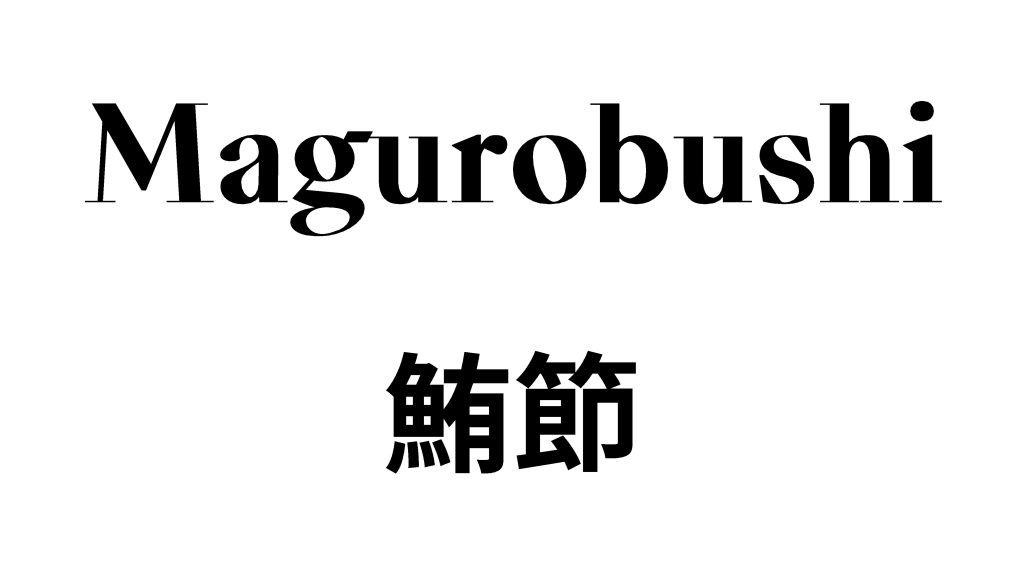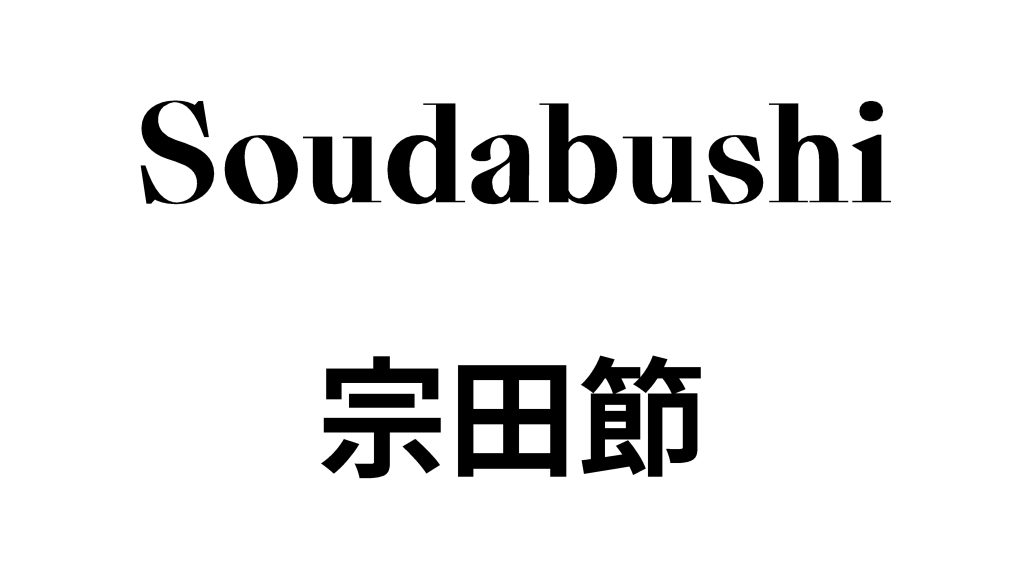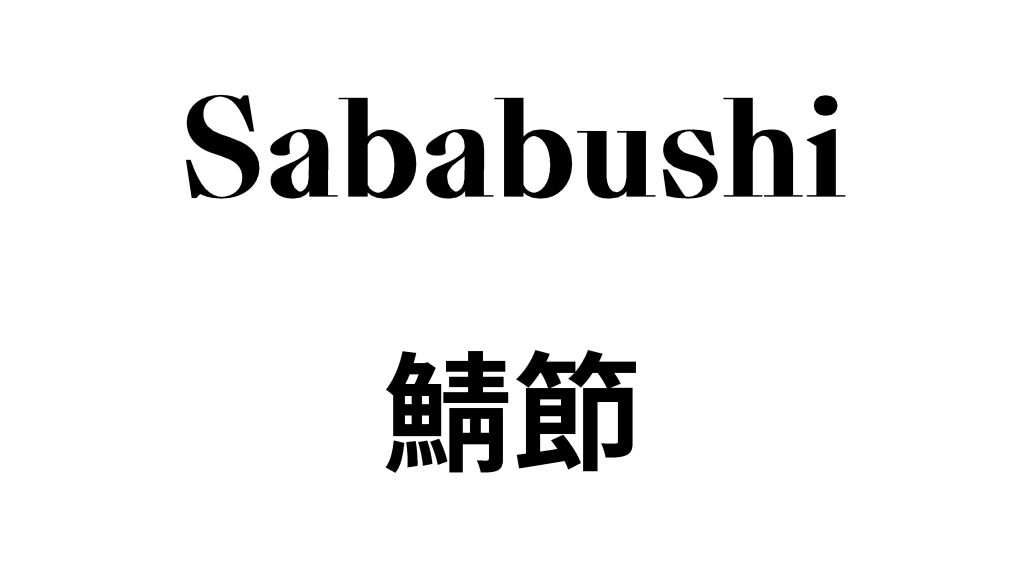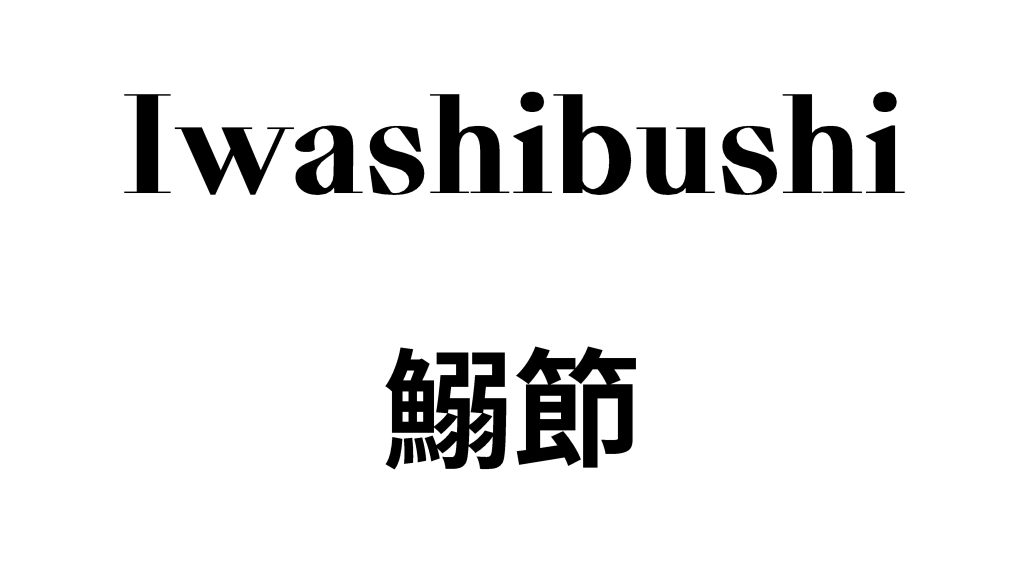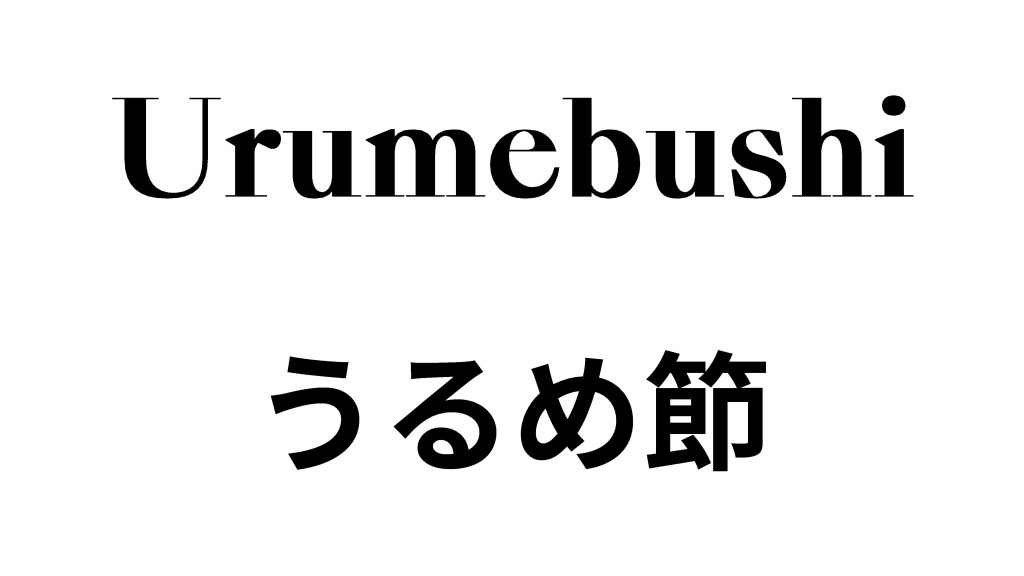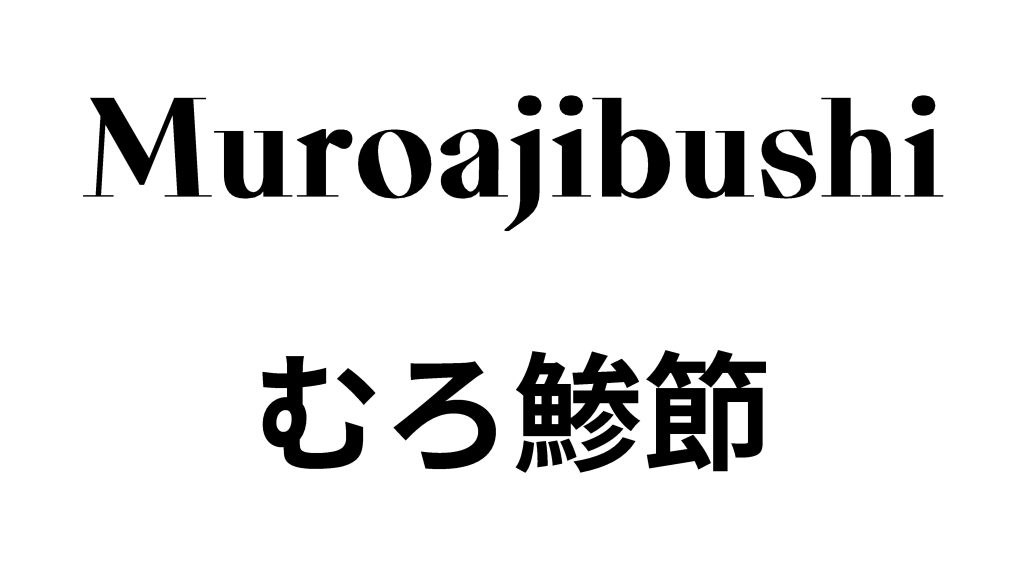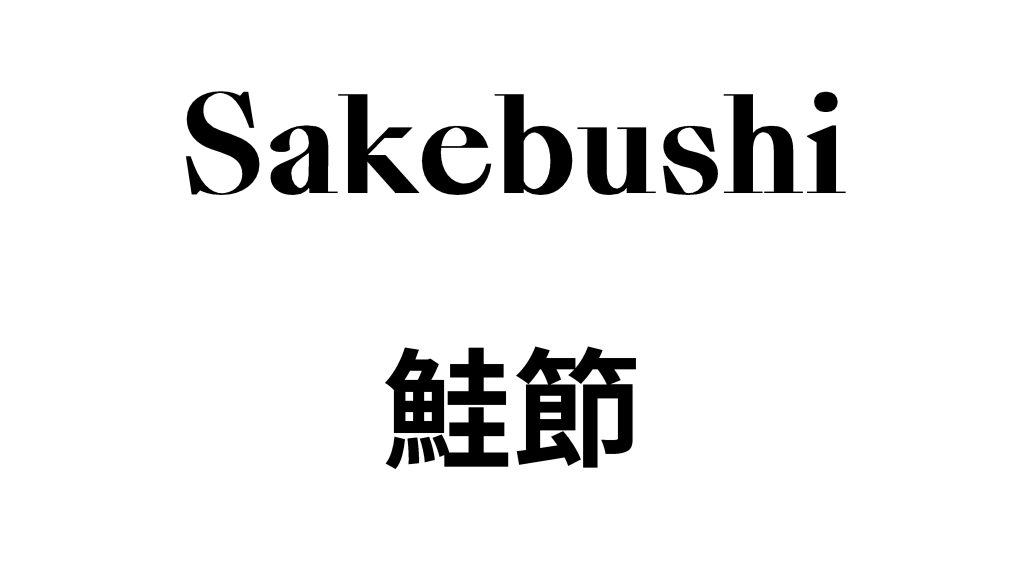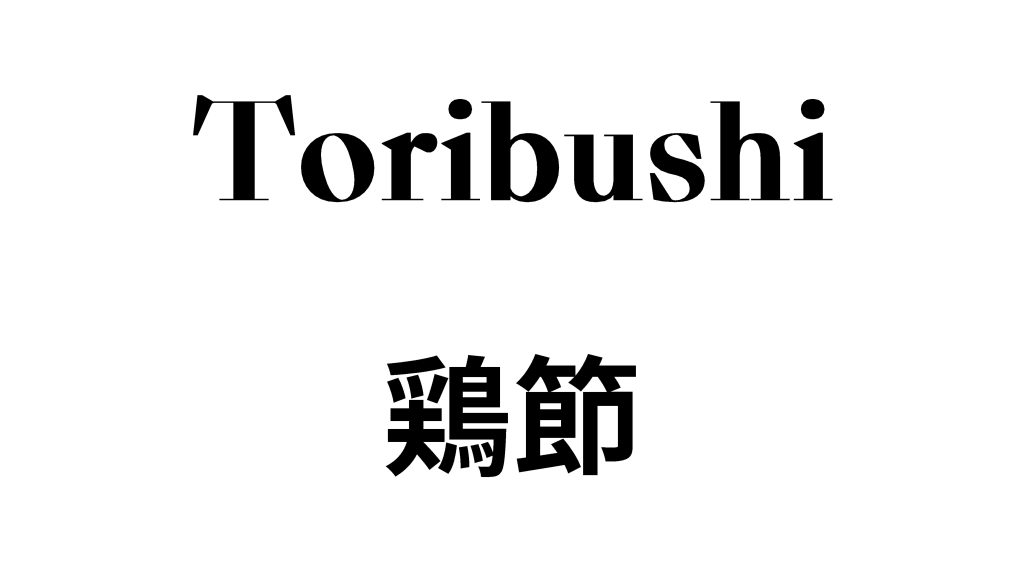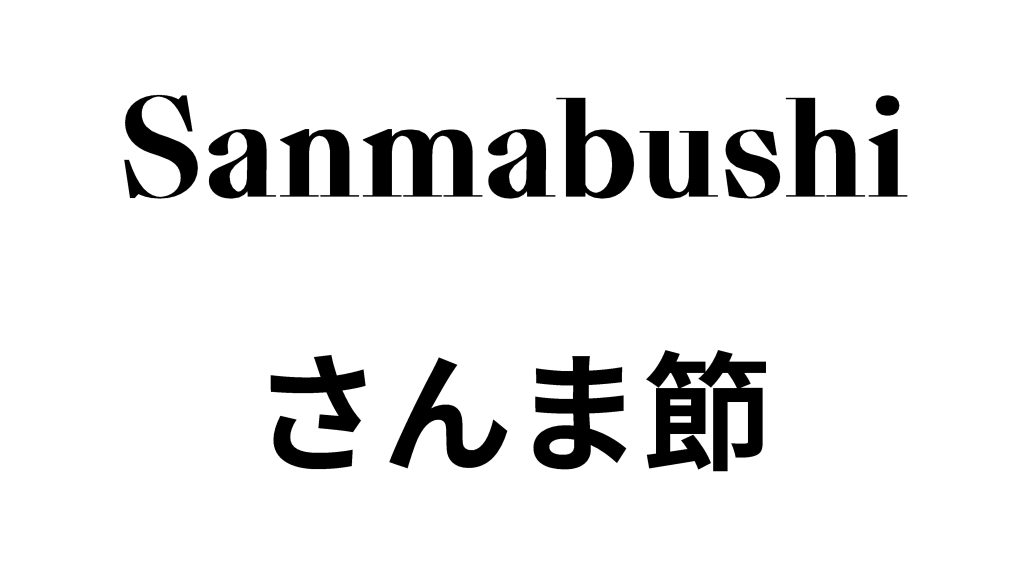This was a series that we wanted to write 5 years ago but felt that we could not do it justice without more experience tasting and learning about the topic. Now, 5 years later we believe we can provide more accurate information though there is still a lot to learn on this topic. We recommend reading our article on how katsuobushi is made and the different parts of katsuobushi to better understand the terminology used here.
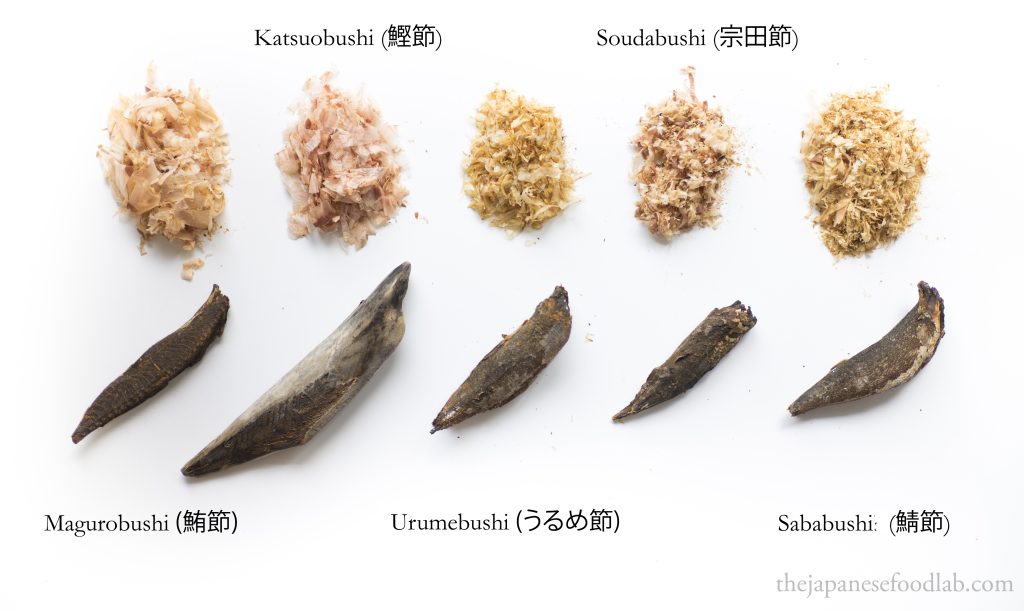
Just like how miso can be made from barley, rice, wheat and a variety of different grains, so too can the technique of making katsuobushi be applied to a variety of different fish. Both preparations share the commonality of using mold to enhance the flavor of their base ingredient through fermentation. Therefore, as long as the base ingredients are fairly similar in composition, one can be certain that the technique will yield a delicious product.
In the case of miso, koji (Aspergillus oryzae) prefers to grow on substrates that are low in fat whilst also having enough sugars to sustain their growth- characteristics that both barley and wheat possess. In the case of Aspergillus glaucus and the community of other microbes used to ferment katsuobushi, they are uniquely able to thrive on substrates that have a higher percentage of fat whilst breaking down protein into molecules of savouriness that we value.
This is why skipjack tuna, which are by far the most common fish to make bushi from, are ideal candidates for fermentation by Aspergillus glaucus. For one, they are highly migratory and are known for their fast swimming speeds. To sustain their active lifestyle, they require a lot of energy, which is stored and provided by the high oil and fat content in their muscles. Their flesh is usually a deep red color due to the presence of myoglobin, a protein that stores oxygen in muscle cells. Myoglobin is similar to hemoglobin in blood, and its higher concentration in the muscles of these fish allows them to maintain high levels of activity and endurance. The red color is indicative of oxygen-rich, slow-twitch muscle fibers, which are designed for long-term, sustained activity.
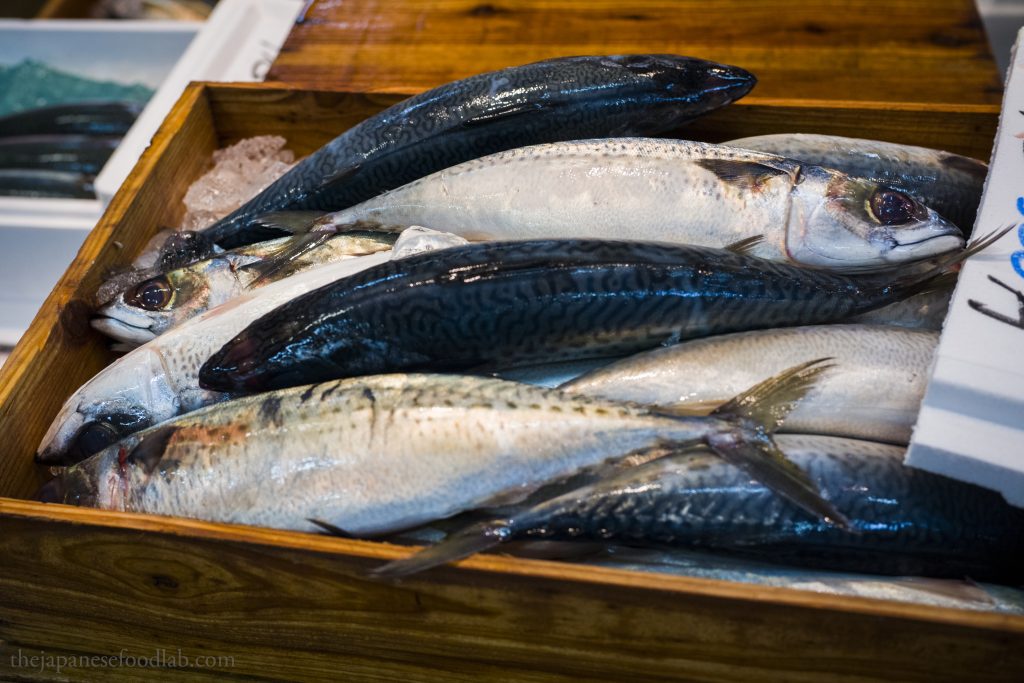
This is where the Scombridae family of fish come in. Whilst these traits combined make skipjack tuna an ideal substrate for Aspergillus glaucus to grow on, they are also common to the majority of fish in this family. This encompasses mackerels, tunas and bonitos, allowing the Japanese to create a larger variety of dried fermented fish other than katsuobushi.
In this series, we will look at all the other ingredients that are processed into bushi in Japan such as the many different fish in the Scombridae family, as well as rather unconventional ones like salmon, and even chicken. While it may sound contradictory, it’s also worth noting right at the start that whilst Aspergillus glaucus is able to tolerate higher amounts of fat during growth, from a taste perception, the highest quality bushi is made from ingredients with a goldilocks amount of fat. High enough for Aspergillus glaucus to work on, but not so high that the bushi doesn’t dry out properly and the fat starts going rancid.
How do different types of bushi taste?
